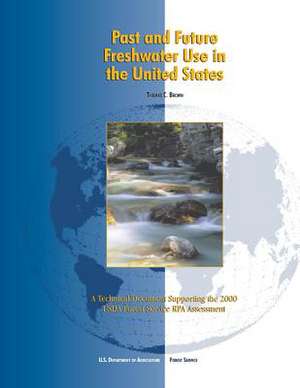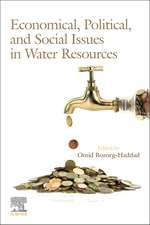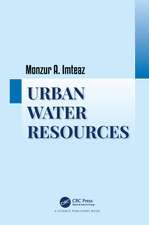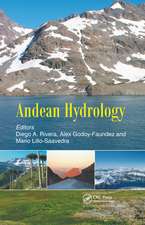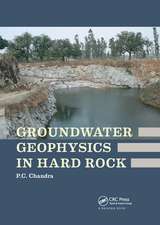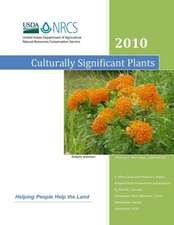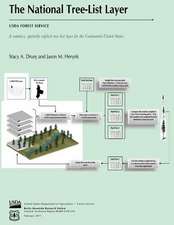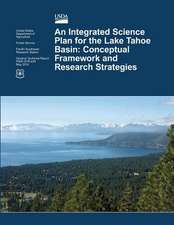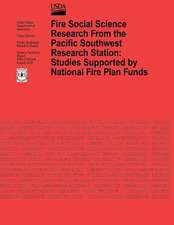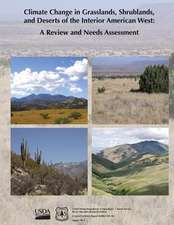Past and Future Freshwater Use in the United States
Autor Thomas C. Brown Contribuţii de U. S. Department of Agriculture, Forest Serviceen Limba Engleză Paperback
Preț: 89.54 lei
Nou
Puncte Express: 134
Preț estimativ în valută:
17.14€ • 18.61$ • 14.39£
17.14€ • 18.61$ • 14.39£
Carte disponibilă
Livrare economică 01-15 aprilie
Preluare comenzi: 021 569.72.76
Specificații
ISBN-13: 9781480163300
ISBN-10: 1480163309
Pagini: 52
Dimensiuni: 216 x 279 x 3 mm
Greutate: 0.15 kg
Editura: CREATESPACE
ISBN-10: 1480163309
Pagini: 52
Dimensiuni: 216 x 279 x 3 mm
Greutate: 0.15 kg
Editura: CREATESPACE
